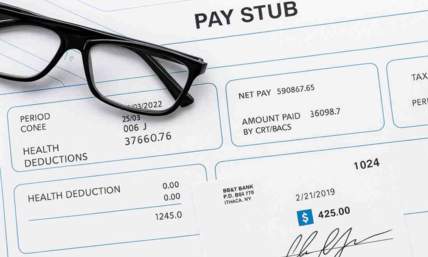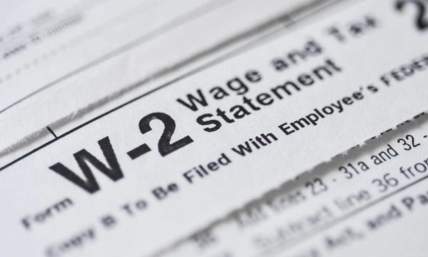What Are The Rules For Debits And Credits In Accounting?
Learning the rules for debits and credits is essential for any business! Double entry can seem super tricky in any accounting situation, but once you have the basics down, you’ll be able to keep your books and financial statements in perfect balance every time. Each account type will have its own set of rules and regulations, so it is imperative to get things right.
In this article we will not only break down the rules for each individual account type and transaction but teach you how to apply your knowledge of double entry bookkeeping in real world scenarios to make this even simpler for you.
Also read: Free Excel Bookkeeping Templates

What Are Credits and Debits?
To explain it in the simplest of terms, credits and debits are used whenever you add or take out money from an account. Usually, the term debit refers to any money that is coming into the account while credit refers to the money that is leaving an account.
Of course things aren’t always as simple as that, it often depends on the account in question as often debiting can cause the number you see to increase as well as decrease and the same applies to crediting.
Also read: Accounting Journal Entries Examples
Double Entry Accounting
To fully grasp the concept of debits and credits, you will need to also understand double entry accounting. The main rule of double entry accounting is that for every financial transaction recorded at least two accounts in your chart of accounts are affected - and they are affected in both opposite and incredibly equal ways.
Generally speaking, this method is utilised within your company’s general ledger and can give you the foundation for any financial reports or documents that you might need to draw up such as your income statement or balance sheet. Thus, every time the company makes money or spends money, at least one account will be credited and one debited. This will happen for every single transaction, which is one of the reasons that bookkeeping can be so costly and time consuming.
Also read: 12 Best Rent Reporting Services
Are There Rules For Debits and Credits?
Any business owner should make it a priority to know everything there is to know about debits and credits as they are the basis of your general ledger and every account in your chart of accounts.
It is important that you keep in mind that a chart of accounts will usually contain dozens of different account types. There may be several relating to assets, like cash or accounts receivable.
These accounts are the different reports that your company keeps to sort and store your business transactions.
Also read: Balance Sheet vs Income Statement

Debits and Their Rules
Any and all accounts that would usually contain a debit balance will increase in amount when debited and decrease when credited. Often accounts that normally have a debit balance deal primarily with assets and expenses. The chart below will let you know what would happen to each account type when debited.
A good example of this type of transaction labelled on the debit side would be Raymond and his bakery. Raymond sells loaves of bread for $8 and gets paid directly in cash. From the list above we know that assets, which cash falls under, will increase by debiting it, so Raymond should record an $8 increase in his asset accounts in his books.
Credits and Their Rules
Now Credits have the complete opposite effect on an account. Any and all accounts that contain a credit balance will increase in amount when a credit is added to them and reduce when a debit is added. The 3 main types of accounts that this rule applies to are liability,equity and income. Have a look at the chart below to get a better sense of what happens when each account type is credited.
Assets = Decrease
Expenses = Decrease
Liability = Increase
Equity = Increase
Income = Increase
If we look at Raymond and his bakery again, we know that he was paid $8 in cash and that for every debit entry, there must be an equal credit entry. This means that Raymond must credit an account in order to balance out this transaction.The sale of a loaf would come under income for Raymond’s bakery so he would credit $8 to his income account.
Also read: What Is a Pro Forma Income Statement?
The Impacts Of Credits and Debits on Your Accounts
There are more to credits and debits than the basic rules unfortunately and one of the trickiest parts is wrapping your head around the fact that the two have very different impacts on different types of accounts.
To give an example of this, what would happen if you debit an account that shows how much you owe someone else? Is it just the same as debiting an account that shows how much you were just paid?
It all depends on what kind of balance the account in question usually holds. Does it usually hold a debit balance? Or does it perhaps hold a credit balance?
The most common accounts you will come across in this case are;

Why Are Debits and Credits So Important In Accounting?
The golden rule when it comes to debits and credits is that in every transaction the total amount of debits must equal the total amount in credits every single time. It is imperative that every transaction is balanced in this way in double entry accounting in order to maintain a a clear and orderly general ledger, financial statement and to take care of the financial health of your business.
You should never put yourself under pressure as the double entry can be tricky and it will take time to learn which accounts need to be debited and credited. This process will become more complex as your business grows and your transactions become larger and more frequent. So, take it all one step at a time!
A free paystub generator is a great, affordable way to create custom paystubs.















